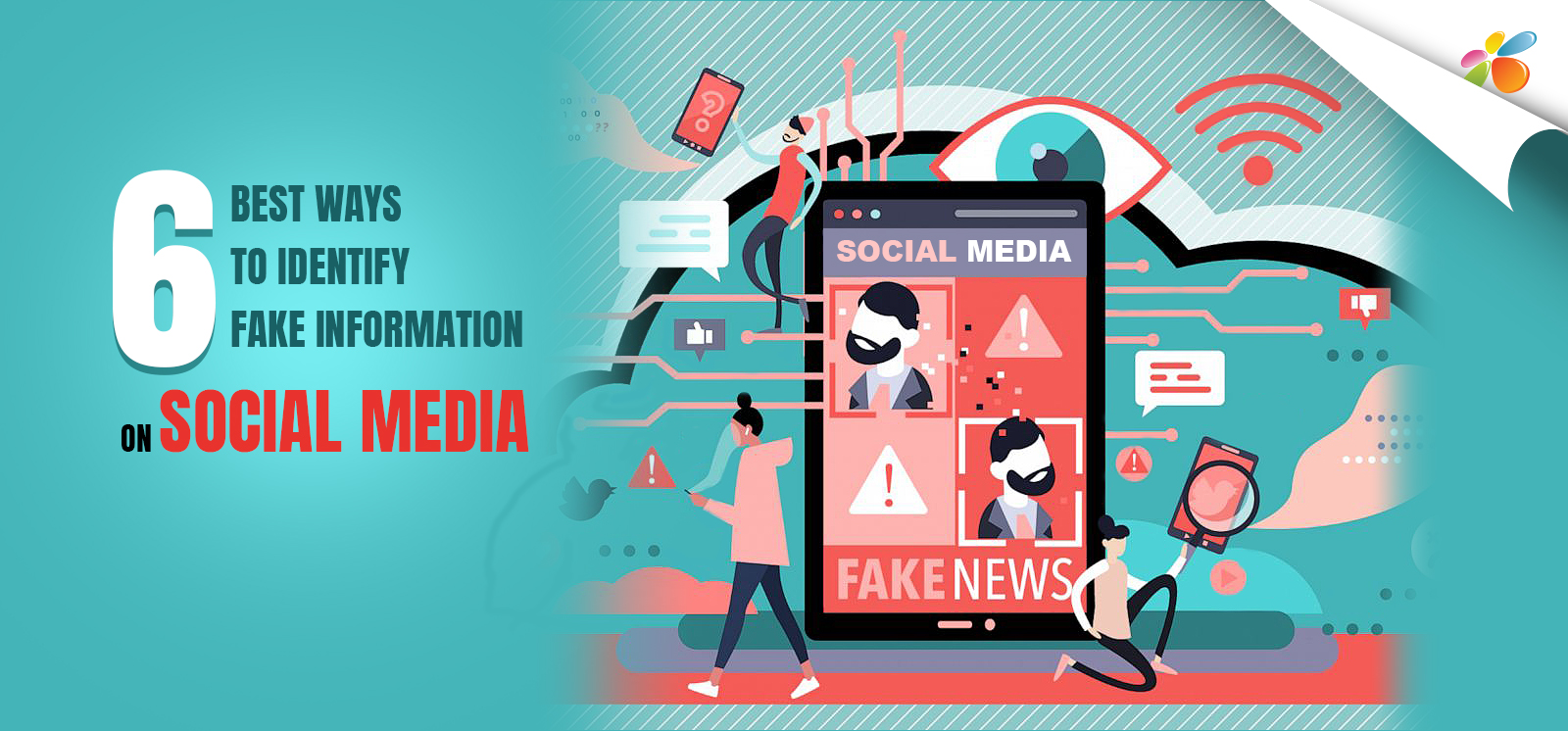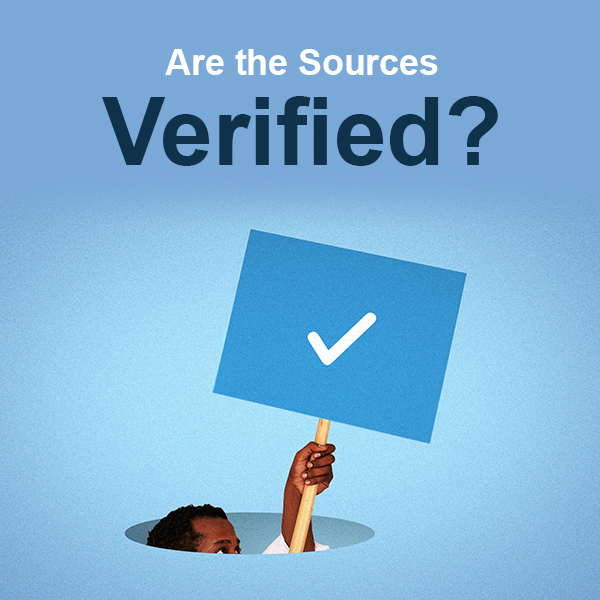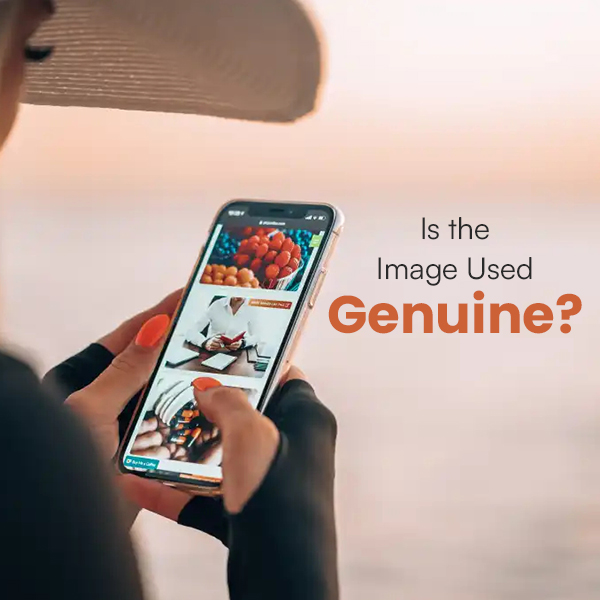












The internet and social media are the two largest sources of information today. Every time you enter a social media platform, you get to see various posts, images, videos, articles and other forms of content. The information that is being presented through them is not always necessarily true.
False information on social media has become a menace in the past few years. These fake data circulate quickly and are often designed with malicious intent to influence people’s minds. Clickbait news, hoaxes, conspiracy theories, deep fakes, etc. contribute to the spread of misinformation.
But how to navigate social media without falling prey to false information? Check out the ways below.
False information has recently become a great weapon for some. Trolls, hackers, politicians, and in some cases, even governments promote the spread of fake news for ulterior motives. With the deluge of disinformation on social media platforms, it has now become challenging to distinguish what is fake and what is real.
Here are some of the questions that you need to ask to identify and avoid fake information.

One of the most effective ways to identify fake data is to verify its source. If the content is from a source that you have never heard of before, chances are it is fake. Check out the web address and look for the domain. The domain should not look strange.
Many times miscreants also mimic the website or web pages of reputed firms and organisations to spread fake news. You can check the homepage of the organisation that the site claims to be of to verify the data presented. Also, any glaring grammatical or spelling errors indicate the site is not trustworthy.
Another way to battle social media disinformation is to verify the author. Visit the author’s page to find how many followers they have or how frequently they are posting. Be aware of any signs that could indicate bot-like behaviours.
Check if the account is constantly posting from multiple parts of the world. If there are strange links in the author’s bio or the content has been retweeted by other accounts, chances are it is a bot account.

Morphed images are used rampantly to spread fake information on social media. It can be quite easy to fall for these fake images. Make sure to check for jagged edges or shadows in the image. Also, you can use Google Reverse Image Search to check the origin of the image or whether it has been edited.
Lately, various independent fact-checking sites have come up. Digital Marketing Agencies often use them to find out if a piece of news is fake or authentic. These fact-checking sites are usually part of larger, reputed media houses. They carry out multiple checks from reliable sources to assess the credibility of information on social media.
Apart from them, you may also rely on Wikipedia and Google for data verification.

People often become victims of their own prejudices and biases. In other words, your judgments could be clouded by what you tend to believe, even though they might not be true. Social media will show you content as per your liking and preferences.
So, make sure not to believe everything that you come across on the internet. Do not let your biases get the best of you. Instead, verify the data, its sources, and check the authenticity of the images. This will help you easily identify fake news on social media. Develop critical thinking to avoid falling prey to disinformation.
One of the signs of a credible news piece is that it is substantiated with official stats, facts, etc. If you do not find evidence to back up the facts, chances are the data is untrue or half true. There should be quotes, stats and eyewitness accounts to support the story.
In case the presented facts are not supported by stats or evidence, it is likely that you’re going through a piece of false information.
Social media giants are running multiple initiatives to crack down on the spread of false information. You can also contribute to stopping the rise of fake information. Use these techniques to identify disinformation on social media platforms. You can flag false information and notify your friends, family, acquaintances and others to stop it from propagating.
Fighting fake news might not be an easy task. But you can take a small step ahead by first identifying it.
